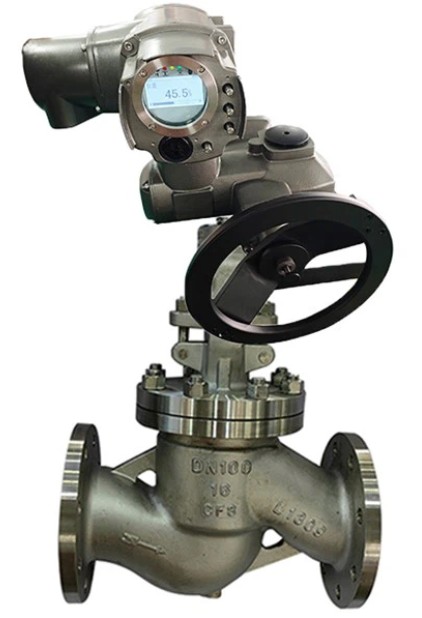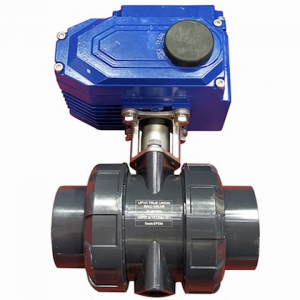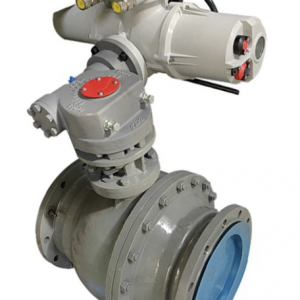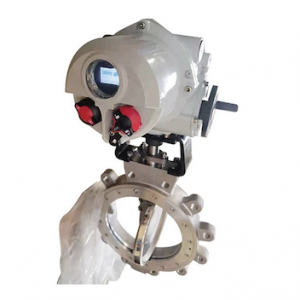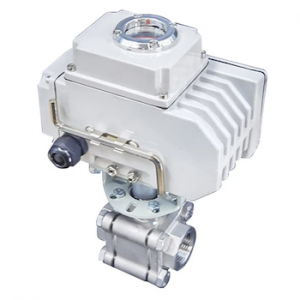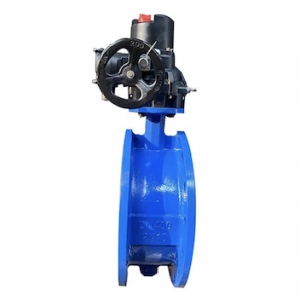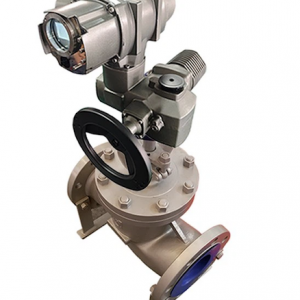Description
The SS304 4inch Flange Steam Globe Valve, also called the shut-off valve, is the most widely used valve, mainly composed of a valve body, a valve disc, a valve bonnet, a valve stem, etc. The valve body and valve bonnet are pressure-bearing parts, and the valve disc and valve stem are internal parts. The globe valve is a valve in which the closing part (valve disc) moves along the center line of the valve seat. According to this movement of the valve disc, the change of the valve seat opening is directly proportional to the valve disc stroke.
Overview
With more than ten years of mature thermal control engineering experience in the power industry, Freya has made a lot of targeted improvements based on the actual application of similar products, and successfully launched a new generation of intelligent integrated electric actuators, which integrates bus control technology, absolute encoder technology, infrared remote control technology, LCD display, magnetic switch control, cover-free and other latest automatic control technologies. FRY series intelligent electric actuators are guaranteed by internationally advanced and mature technology, first-class processing equipment and a complete service system. It has been proven by the use of the majority of users: advanced and powerful functions, stable and reliable performance, safe and convenient use, fully reaching the international advanced level, and are ideal substitutes for imported electric actuators. Products are widely used in power, petroleum, papermaking, chemical industry, steel, cement, water treatment and other fields.
Principle of globe valve
The principle of the globe valve is to use the torsion of the valve stem to give the sealing surface a downward pressure, and rely on the pressure of the valve rod to make the valve disc sealing surface fit closely with the valve seat sealing surface to prevent the inflow of the medium or to adjust the flow rate of the medium. The opening and closing part of the globe valve is a cylindrical valve disc, the sealing surface is a plane or a cone, and the valve disc moves linearly along the center line of the fluid. The movement of the valve stem includes a lifting stem type (the valve stem rises and falls, and the handwheel does not rise and fall), and a lifting and rotating stem type (the handwheel rotates and rises and falls with the valve stem, and the nut is set on the valve body). The globe valve is a forced sealing valve, so when the valve is closed, pressure must be applied to the valve disc to force the sealing surface to prevent leakage.
Performance characteristics
Electric actuators are composed of motors and gearboxes, and are specialized in valve automation. They operate gate valves, butterfly valves, ball valves, globe valves, and other valves by output torque. Manual operation of valves using handwheels is also a standard feature of actuators. The control unit processes data to operate the actuator in the opening and closing directions. Usually, the control unit is equipped with local control and integrated into the actuator as an electrical interface with the DCS operating system.
Integrated control When the actuator is powered on, the actuator equipped with an integrated control unit can be operated by the operating elements of the local control. The control unit is fully adapted to the actuator. The actuator can be set up on site without connecting to the DCS system. Only the transmission and exchange of operating commands and feedback signals are required between the control system and the actuator. The on-off control of the motor is completed instantly in the device.
Absolute coding technology
■ The absolute encoder used in the electric actuator can operate continuously and is 100% repeatable. It can provide accurate position signals to the processor even without power or battery power.
■ Single-turn uses 12-bit counting with an accuracy of 0.08
■ Multi-turn uses 6-level gear counting, which can reach 4096 turns (the count value is unique in the 4096 rotations of the drive sleeve)
■ The redundant circuit of the encoder can ensure normal operation even if 50% of the components fail
Diverse needs
The process technology sites of supporting pipelines and automated valves are all over the world. Not only the site and valve type are important factors in the selection of electric actuators, but also the climate environment of on-site operation is crucial. FRYA electric actuators guarantee safe and reliable services under various extreme environmental conditions.
In process technology, liquids, gases, steam and particles need to pass through pipelines. Actuators are remotely controlled from the control room to operate industrial valves, controlling the flow rate by opening and closing the valves to inhibit or release the pipeline medium.
The typical representative of multi-turn valves is gate valves. They require the actuator to output multiple turns in the full stroke from fully closed to fully open (or from fully open to fully closed). Control valves are typically used for linear operation. At the same time, some specific valves are operated by levers.
